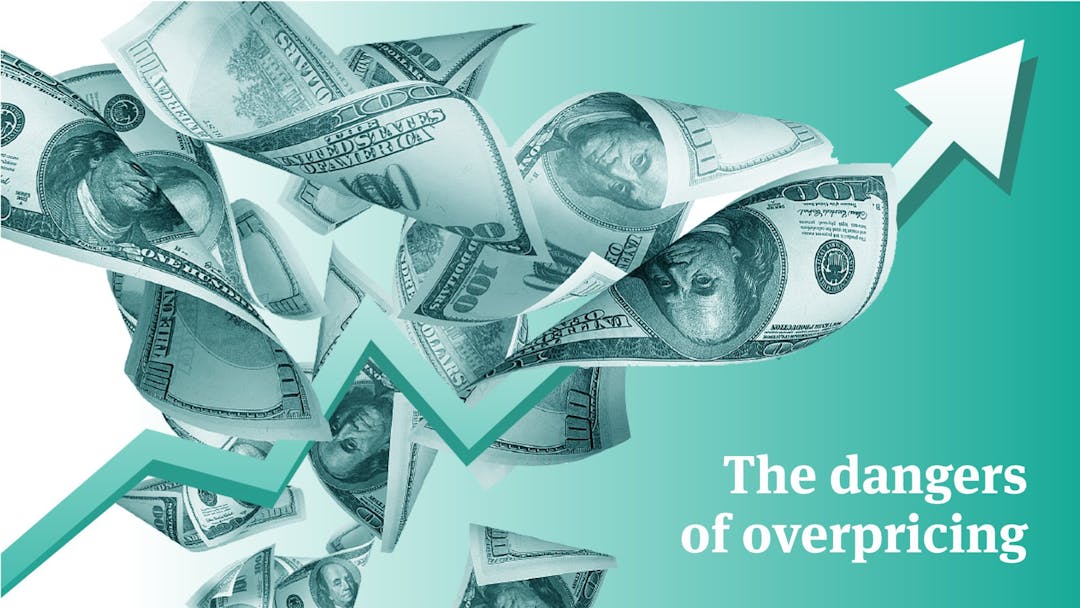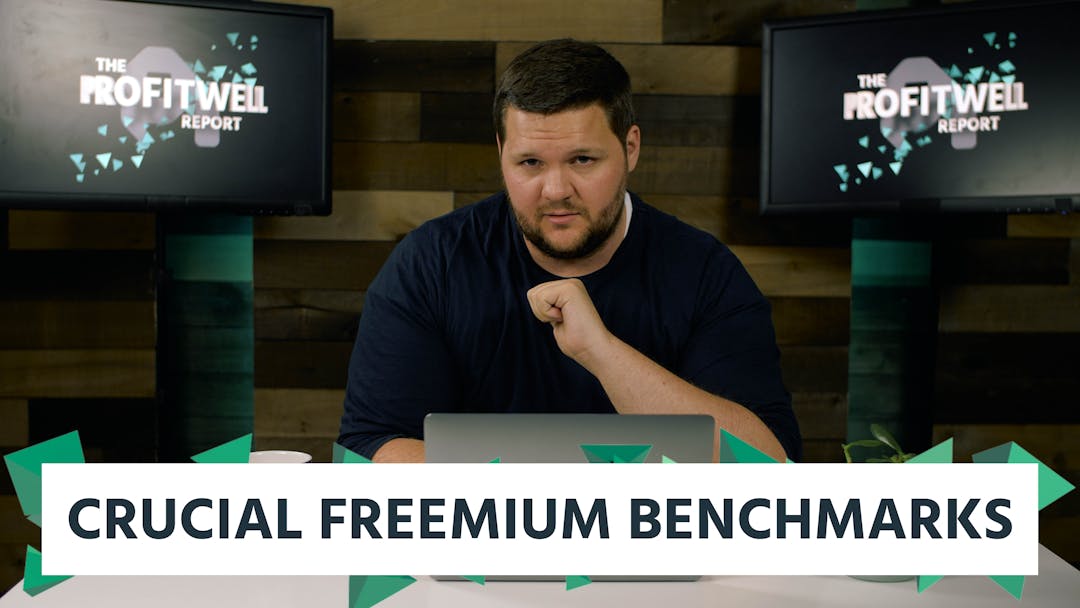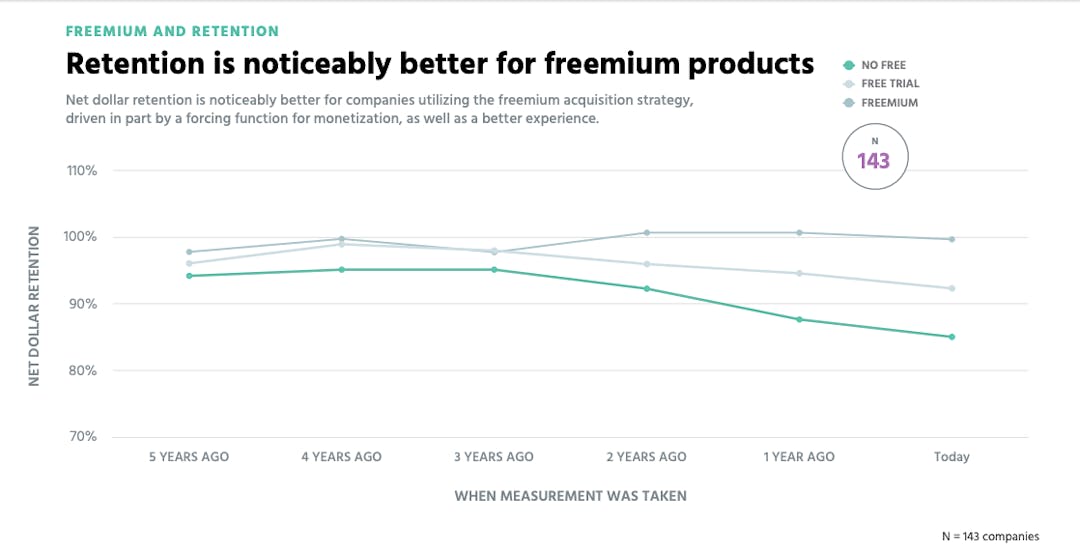When trying to grow your business, it helps to have every advantage you can. Because of this, keen business owners are always looking for market forces they can put to work as growth levers. One such market force is price leadership. What exactly does this term mean, and can it be turned into a strategy for growth? That's what we'll be discussing in this post.
What is price leadership?
Price leadership is the strategy of setting prices much lower than those of the competition. It occurs most often in an oligopoly, or state of limited competition. When there's lots of competition of varying qualities and value propositions, each firm can set prices relatively independent of one another. When there's little competition, a dominant player in the market can use their position to effectively set the price of goods and services for the whole market.
What is a price leader?
A business who is dominant enough in an industry to control prices through price leadership is sometimes referred to as a price leader. Being a price leader usually requires being in an industry where there's little difference between competing products. In robust and diverse markets, it's too easy for rival firms to use their own unique value propositions to create equally unique pricing.
Three price leadership models
In the earlier sections, we used the term dominant player to simplify what is going on with price leadership, but there's actually three different forms price leadership can take. In each of them, you'll see that dominance still plays a role, but it's important to understand the different ways that the dominance can be reached.
Dominant firm
When a firm is legitimately dominant in their industry, meaning that all of their competitors are smaller than they are, price dominance comes easy. A business that has lots of volume can get away with smaller margins than companies who rely on fewer sales. This allows price leaders to lower their costs enough that the smaller competitors have a hard time matching it.
Barometric
Size isn't the only factor that can help one dominate in a market. If a smaller firm is particularly well attuned to the market forces in their industry, they can foresee changes coming sooner and react to them quicker. This allows that firm to get a jump on price changes before their competition does. Few small companies have the resources to consistently become a barometer of market changes. But whenever information is received before competitors, the receiving company has a chance capitalize on it for price leadership.
Collusion
Sometimes you aren't the dominant player in an industry, and you don't have any information that allows you to get a jump on the market forces in your industry before competitors do. However, if enough powerful firms in an industry get together to set prices, they'll combine to become a dominant enough force that they'll all become price leaders.
Price leadership benefits
Hopefully, it's now easy to understand what price leadership is. But why do firms engage in it? What benefit do they get from lowering their prices below what the market will bear? Let's look at three key reasons firms may choose to become a price leader.
Enables economies of scale
We mentioned early that companies with a higher volume of sales can operate on slimmer margins, which is what allows them to cut prices in the first place. Well, if the products are of comparable value, and our price leader has the lowest prices, then they'll get more customers out of the deal. This means that their volume, which was already high enough to support the lower price, will increase. With the increase in volume, the hope is that they'll make more money than before the price decrease.
Better products due to innovation
More volume equals more profit, and smart businesses reinvest their profits. With their increased revenue, the price leader can afford to spend more money on research and development for new products. These new and improved products, in turn, bring greater value to the firm's customers and establish them more solidly as a dominant player in the market.
Reduces price wars
Price wars occur when many firms with similar products continually lower their prices in an attempt to one-up each other and gain the most market share. Essentially, everyone is trying to become a price leader but doesn't have a dominant enough position to do so. When a company that is in a position to become a price leader comes along, this practice is greatly reduced as the smaller players are more interested in keeping the market share they still have.
Price leadership drawbacks
Like most business strategies, there are tradeoffs to price leadership. Any business who may be considering it as an option should also be aware of the drawbacks that can come as a result. The two biggest are discussed below.
Monopolies
Price leaders gain customer volume through lower prices, which results in more investment in better products, as well as the ability to leverage their new income for better costs on materials. At some point, the competition will be unable to keep up, and the result is the price leader becoming a monopoly. With competition out of the way, innovation can stagnate and customer satisfaction suffers.
Predatory pricing
Sometimes monopolies don't just happen as a side effect of price leadership. Some firms may intentionally lower their prices far below what competitors can keep up with for the express purpose of putting all the competition out of business. In important industries with high elasticity, price leaders with a de facto monopoly can also overcharge customers, leaving them with little recourse but to pay.
How are price leaders made?
Let's now recap some of the factors that go into becoming a price leader, so you'll be able to determine whether price leadership is a valid avenue of growth for your company.
Majority market share
It will be hard for smaller competitors to engage in a price war with a dominant figure in the market sector. This allows the dominant business to essentially set whatever prices they want.
In-tune with customer demand
A business that is well in-tune with customer demand is able to react to the demand more quickly. By doing so, such a business can get the jump on the next big thing with lower prices in anticipation of the upcoming demand.
Technology and innovation
Companies with majority market share aren't invincible. Technology and innovation frequently allow small underdogs to topple the current market leader and take the top spot.
How to drive growth with price leadership
We've seen how price leadership can drive growth, but unless you are fortunate enough to have the majority market share in your industry, you're going to have to rely more heavily on the other methods. This is where a service like Price Intelligently can help. Price Intelligently provides you with a thorough analysis of your industry and the prices your particular product can get away with.
Bring clarity to your pricing landscape with data
For companies with cost-plus pricing, it's fairly easy to calculate how much you can lower the plus part of the equation and still make enough profit. SaaS companies have a more complicated pricing structure. With the data provided by Price Intelligently, you'll have a granular look at your market, the pricing within it, and your particular pricing strategy. This information can be used to lower prices to a level that remains profitable.
Maximize revenue using price localization
Businesses often fail to localize their pricing, which leaves a great deal of money on the table. Different markets are willing to pay different amounts for a product, and localizing pricing is the best way to take advantage of that. Localizing prices will provide a powerful growth lever for your business, but can also help establish you as a price leader in those markets.
Monitor your competition & adapt pricing to market demand
One way to become a price leader is understanding the market better than your competition does. Price Intelligently allows you to get an up-close and analytical look at how your competition is performing and why the pricing across your industry does or doesn't work. These are the exact types of insights that will keep you ahead of the curve and allow you to become a price leader.
Price leadership FAQs
Is price leadership legal?
Price leadership itself is legal, though price fixing is not. These means that most forms of collusion price leadership can get the businesses involved in legal trouble. Of course, the case is made much stronger when the collusion is blatant and provable.
What is an example of price leadership?
The most common example of price leadership in an industry when a large business in an industry where their only competition is small business. The large business can lower prices as much as they want without worrying about getting into a losing price war with their rivals.
How does a company become a low-cost price leader?
A company can become a low-cost price leader by having a dominant market share, having a better understanding of market forces, or by collusion with other businesses in the industry.
What's the difference between cost leadership and price leadership?
These two terms are often used interchangeably, but they are not the same. A large enough firm can often leverage economies of scale to reduce their operating costs. If they do so, they can lower their price and put a squeeze on the competition. So while they both have the same effect of lower prices and more market share, the mechanisms at play are different.


